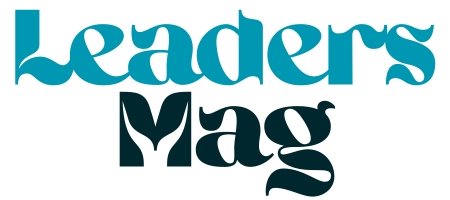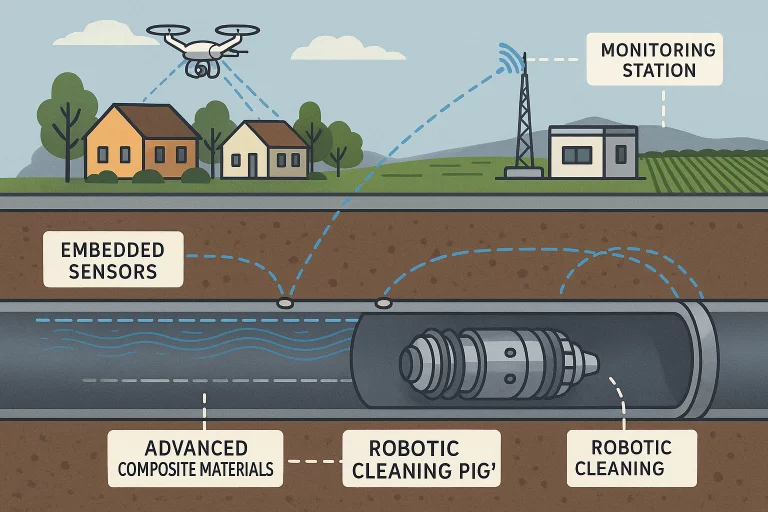Pipelines serve as the arteries of modern energy infrastructure, efficiently delivering oil, gas, and hazardous liquids across vast and often remote distances. These networks ensure a reliable supply of energy resources to fuel industries, power homes, and sustain economies. However, given the sheer volume and hazardous nature of the materials transported, ensuring pipeline integrity has become a fundamental responsibility that encompasses environmental protection, public safety, and the overall reliability of critical energy systems. Any failure in pipeline safety can lead to disastrous consequences, including lasting environmental damage, threats to human life, and substantial economic losses.
To support reliable operation, operators now routinely employ specialized tools such as pipeline cleaning pigs, which play a pivotal role in the ongoing inspection and maintenance of pipeline systems. These advanced devices help clear blockages, minimize corrosion, and detect early signs of deterioration, ensuring problems are addressed before they escalate into major incidents. Nevertheless, the threats to pipeline safety have evolved, and high-profile events continue to demonstrate the complex risks inherent in the industry. Modern pipelines incorporate sophisticated monitoring systems and technological safeguards. Still, the growing demand for energy, aging infrastructure, and mounting regulatory pressures contribute to the increasing complexity of effective pipeline safety management.
Simply put, the mission to protect pipelines requires a holistic approach involving rigorous oversight, continuous innovation, and a commitment to learning from experience. With rising public scrutiny and rapidly advancing technologies, pipeline safety demands unprecedented industry discipline, investment, and proactive management, placing a premium on operational excellence and transparent stakeholder engagement.
Advancements in Pipeline Safety Technologies
Technological innovation has significantly advanced pipeline safety over the past decade, particularly with the adoption of predictive maintenance systems that use real-time data from sensors embedded in pipelines. These systems analyze pressure, temperature, vibration, and flow readings to identify anomalies and forecast potential failures. They allow operators to intervene before minor issues escalate, thus reducing downtime and extending asset lifespans.
The evolution of pipeline materials has also played a crucial role. Modern pipelines are often made from advanced composite materials and high-strength steels designed to resist corrosion and accommodate ground shifts, while advanced coatings provide additional protection. These innovations and continuous inspection enhance pipeline integrity by enabling quicker detection of damage and corrosion.
Furthermore, advances in remote monitoring, leak detection, and automated shutoff technologies, such as UAVs and satellite imaging, allow for near real-time leak identification. Combined with traditional methods like hydrostatic and smart pig testing, these strategies create a comprehensive safety net for the extensive pipeline network, ensuring safe and efficient operations as new challenges arise.
Implementing Robust Safety Management Systems
While technological tools are invaluable, the strategies and systems guiding their use are equally pivotal. A comprehensive Pipeline Safety Management System (PSMS) provides a framework that institutionalizes safety throughout every pipeline’s life cycle stage. Based on best practices defined by the American Petroleum Institute’s (API) RP 1173 and championed by the National Transportation Safety Board, PSMS is built around continual improvement. It requires organizations to track incidents meticulously, analyze near-misses, and conduct structured hazard evaluations, ensuring that knowledge gained from past operations drives future enhancements.
Incorporating a robust safety management system (SMS) into the organizational culture involves enabling each team member to take accountability for safety. This involves regular scenario-based training, open and transparent internal reporting, and fostering an environment where concerns can be voiced without fear of retaliation. Effective communication is essential so that all employees—from frontline technicians to senior management—clearly understand their roles and responsibilities in maintaining safety. Conducting regular drills and keeping well-organized documentation ensures that lessons learned from past incidents are addressed rather than ignored. A well-implemented safety management system makes safety a shared responsibility, promoting a vigilant and responsive organizational culture.
Regulatory Measures and Compliance
Regulations provide the foundation for safe industry practice, but their effectiveness hinges on their ability to adapt to new threats and technologies. Governing bodies like PHMSA continually update pipeline design, inspection, maintenance, and emergency response standards, accounting for emerging risks and technological options. In January 2025, for instance, the Biden administration introduced sweeping new requirements for carbon dioxide pipelines as the carbon capture and storage field expands. These measures require compliance with higher safety thresholds in construction, operation and investment in advanced leak detection and improved incident response planning. Operators who embrace these new requirements avoid regulatory penalties and position themselves at the forefront of public safety, regulatory trust, and industry leadership.
In the wake of significant accidents, agencies frequently increase oversight, scrutinizing records and conducting third-party audits to uncover systemic issues. Such measures improve transparency and push operators to maintain state-of-the-art safety practices, rather than relying on minimum compliance. By cultivating open relationships and constructive communication with regulators, companies are better equipped to anticipate changes on the regulatory horizon and prepare proactively for evolving expectations. Remaining a step ahead on compliance isn’t just about avoiding fines—it’s an essential strategy for managing operational and reputational risk in a complex, high-stakes industry.
READ ALSO: The Role of High-Speed Pipelines in Modern Infrastructure











